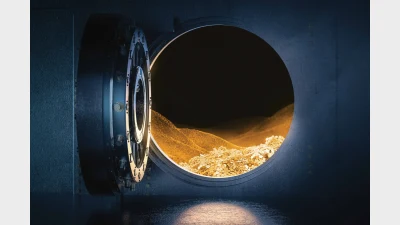ASIC’s SMSF calculations distorted


The SMSF Association has hit back at the corporate watchdog’s data on the costs of running a self-managed superannuation fund (SMSF) and believes the cost is actually $8,900 cheaper.
The Australian Securities and Investments Commission (ASIC) last week published a factsheet warning that SMSFs were not for everyone.
However, the factsheet said the typical cost of running a SMSF was $13,900 a year, but the association said the use of averages to calculate this cost ignored distortions from very large SMSFs and those who chose to use extensive administration and investment services.
The SMSF Association’s chief executive, John Maroney, argued that many SMSFs had a total annual expense below $5,000 and said he was disappointed that tone of the factsheet cast SMSFs in a very poor light.
“We will consult with ASIC on the use of this figure, noting that the SMSF software provider, Class, in its submission to the Productivity Commission, indicated the adjusted average cost for lower balance funds was about half that amount or even lower, while our understanding is that many SMSFs operate with total annual expenses below $5,000,” he said.
“Although the document explicitly states that ‘care must be taken when using SMSF performance figures, particularly when making comparisons’, it still argues that SMSFs with balances below $500,000 underperform, on average, the APRA-regulated funds.”
Maroney said another issue was that the factsheet argued SMSFs with balances below $500,000 underperformed, on average, the Australian Prudential Regulation Authority (APRA)-regulated funds.
“The reality is that it’s very difficult to make accurate, cost-effectiveness comparisons, a point ASIC’s document would appear to concede,” he said.
“For example, SMSF establishment and advice costs vary considerably to the costs incurred by APRA-regulated funds, in the process materially distorting SMSF returns, especially for new and lower balance funds. Another example is the fact insurance premiums and interest payments on investment loans are included as expenses for SMSFs and not for APRA-regulated funds.
“We also argue that the cost-effectiveness debate must be extended beyond a mere analysis of net returns and costs and consider the cost of running an SMSF over the long-term, as well as the varied motivations that SMSF members have in setting up their own funds, such as increased control and their individual retirement goals.”
Maroney noted that it was interesting ASIC thought SMSF members taking 100 hours a year to run their SMSF as a negative.
“From our perspective it is a positive outcome if people are taking the time to actively engage with the investment and management of their retirement savings, a persistent challenge since compulsory superannuation was established in 1992,” he said.
Recommended for you
Aware Super has made a $1.6 billion investment in a 99-hectare industrial precinct in Melbourne’s North which, the fund clarified, also houses the nation’s first privately funded open-access intermodal freight terminal.
ASFA has affirmed its commitment to safeguarding Australia’s retirement savings as cyber activity becomes an increasing challenge for the financial services sector.
The shadow treasurer is not happy with the performance of some within the super sector, telling an event in Sydney on Thursday that some funds are obsessed with funds under management, above all else.
As the Australian financial landscape faces increasing scrutiny from regulators, superannuation fund leaders are doubling down on their support for private markets, arguing these investments are not just necessary but critical for long-term financial stability.












